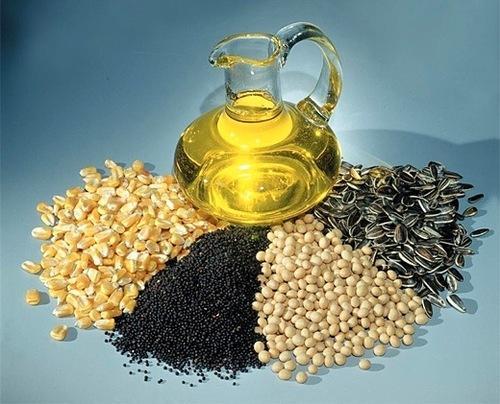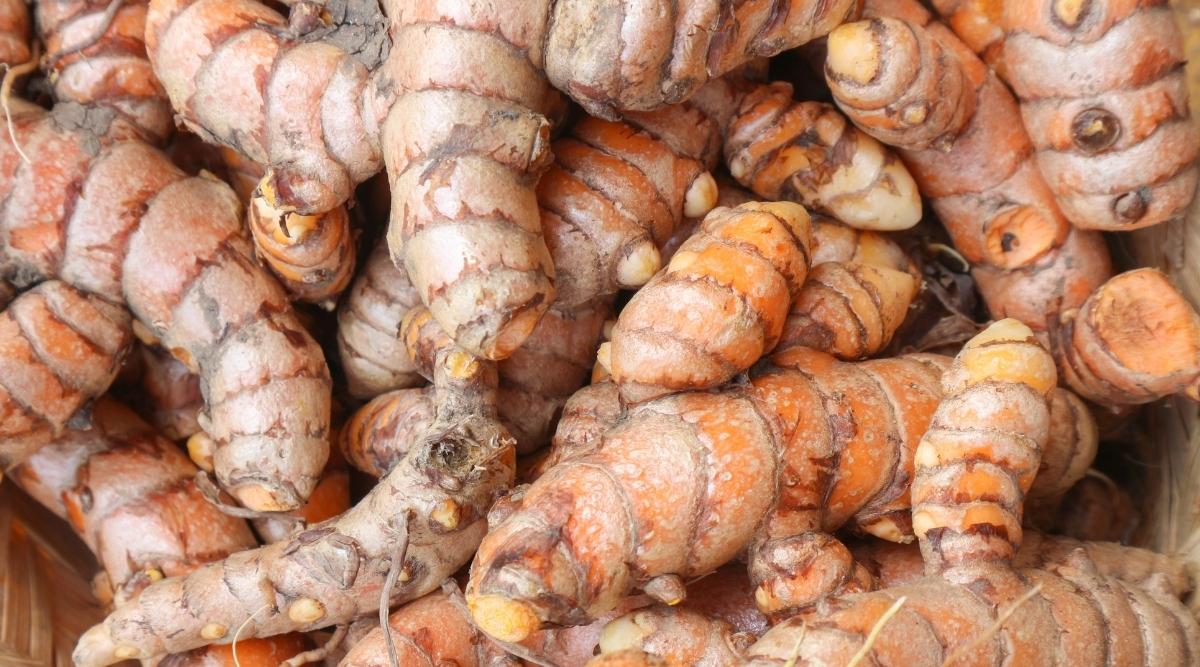Wheat prices have gained 6 percent in agricultural produce marketing committee (APMC) yards across the country over the past four weeks with trade and flour millers complaining that arrivals of the cereals are meager. This has now led to demand from the user industries to ban exports of maida, which are not being used to serve non-resident Indians.
According to Agmarket data, the net weighted average modal price (the rate at which most trades take place) of wheat increased to ₹2,176 a quintal on Monday from ₹2,050. Arrivals over the past week have declined to below 60,000 tonnes nationally from over 60,000 tonnes until July 20. Data from the Consumer Affairs Ministry show that retail prices of wheat have increased by 4.37% month-on-month to ₹30.34 a kg now, while atta rates have gone up by 3.28% to ₹34.31 during the same period.
For the user industry in the South, wheat is delivered at ₹28,000 a tonne but industry sources say ample stocks are not available. “It is not as if we have run out of wheat stocks. Many traders had stocked wheat following export demand. They had bought it at a price which is higher than current market prices. They will not release the stocks now as they will burn their hands,” said a trade analyst.
“The problem for the Central government is that it cannot impose stock limits as wheat is harvested within a short time and stored until the next harvest due in March-April 2023. Imports even at zero customs duty are also ruled out as prices are above $400, which is almost ₹32,000 a tonne,” said the trade source. A section of the trade says with wheat having dropped 44% from the peak, it is looking technically weak. The un-sponsored deal between Ukraine and Russia to allow wheat exports from the Black Sea region could further put pressure on wheat.

